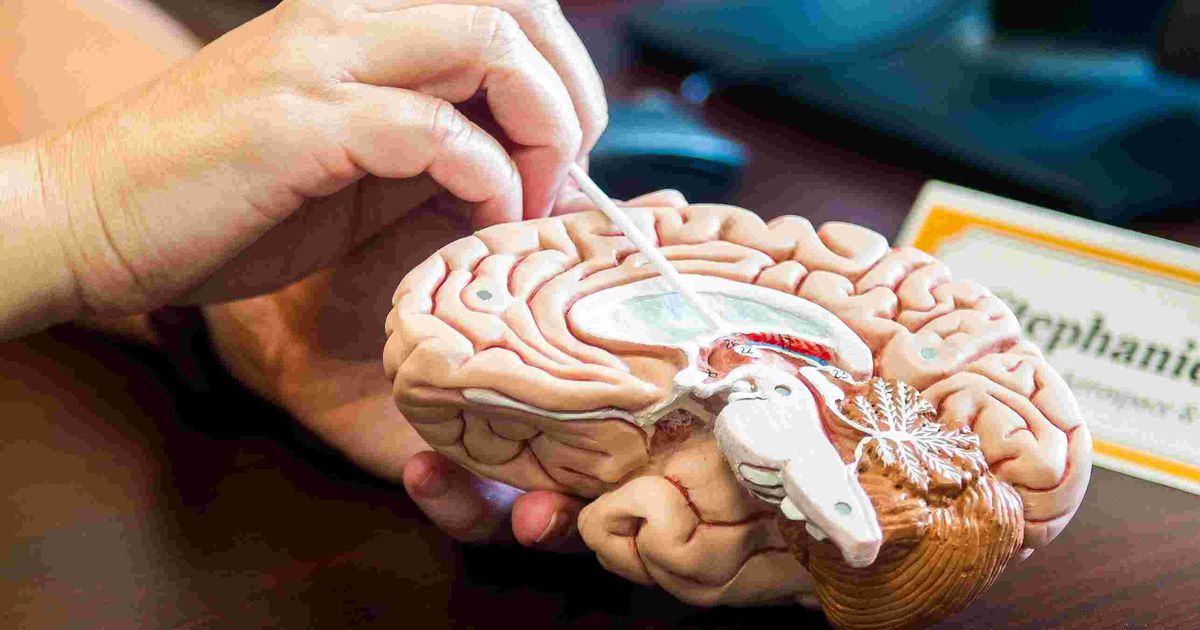How To Treat And Manage Congenital Hydrocephalus
All humans are born with some cerebrospinal fluid around their brain to cushion the area, but children with congenital hydrocephalus are born with a dangerously high amount of fluid around the brain. This can be dangerous because the excess fluid puts a lot of pressure on the brain and developing skull. Children with congenital hydrocephalus tend to be born with unusually large heads, and they may have problems like seizures, slowed heart rates, vomiting, headaches, and reduced breathing. When dealing with congenital hydrocephalus, there are many potential treatment methods available. Depending on your child's overall health and the cause of their hydrocephalus, the doctor may recommend one or more of the following treatments.
Removal Of The Cause

One of the first steps in managing congenital hydrocephalus is discovering the cause. Many individuals who are born with hydrocephalus have a genetic condition that cannot be treated. When genetics have caused the areas of the brain and spinal tube to be malformed, the underlying cause cannot be addressed. However, it is possible for a child born with hydrocephalus to just have the condition due to a blockage, tumor, or cyst. In these situations, it may be possible to treat the cause. Removal of the cause can make the congenital hydrocephalus go away altogether, or it may at least reduce the severity of the condition.
Keep reading to learn about the next option for the treatment of congenital hydrocephalus.
Inserting A Shunt

Doctors can install a shunt system to immediately remove the pressure on the brain. Inserting a shunt is a surgery that involves an individual getting general anesthesia. Once they are unconscious, the surgeon will make a hole through the skull. The shunt's catheter will be placed in the optimal position to drain fluid, and it will send extra fluid to the chest or abdomen where the body can go ahead and reabsorb the fluid. Depending on a patient's needs, the shunt may have a valve that drains at a set rate or an adjustable valve that can drain more or less fluid as needed. It can take a little while to recover from this surgery because it is so intensive. Most patients need to spend a little time in the hospital, and they will need to take it easy for several weeks afterward. A shunt can be a great way to manage hydrocephalus, but since it is a serious surgery, some doctors might not recommend doing this for very small children.
Get to know more about treating congenital hydrocephalus effectively now.
